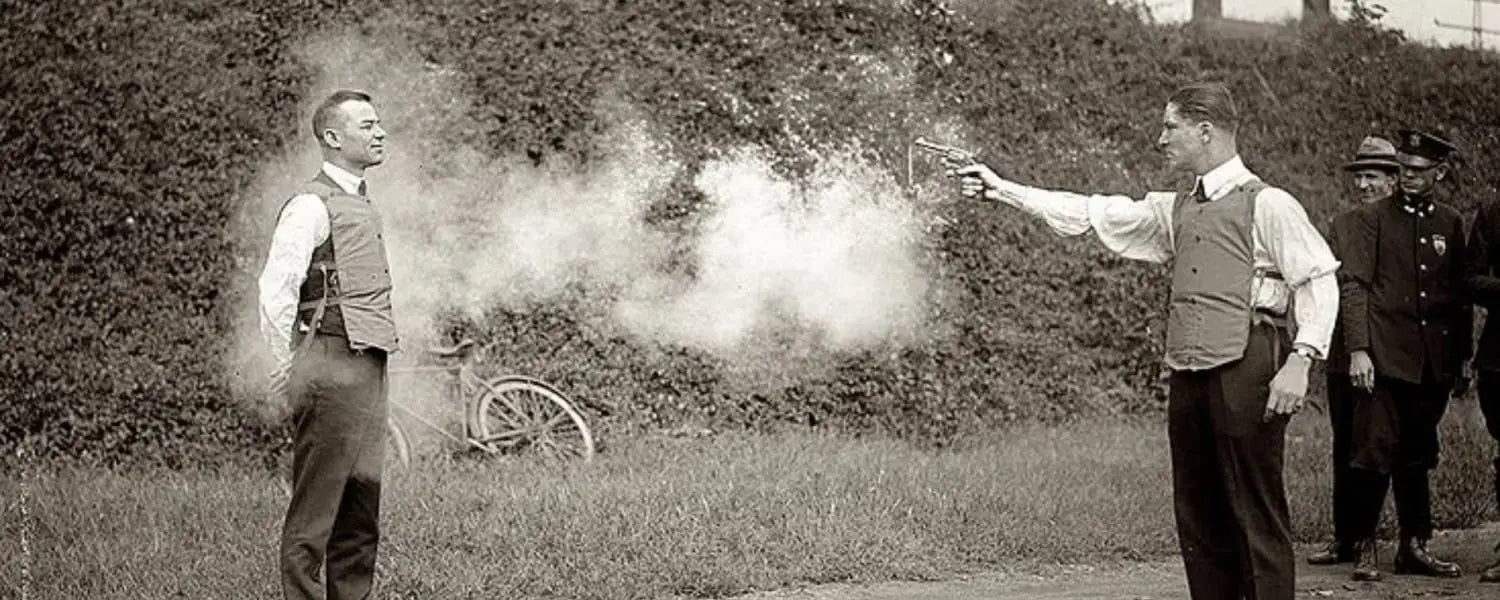
Who invented the bulletproof vest?
The bulletproof vest was invented by Casimir Zeglen in 1893.
The focus of inventing the bulletproof vest came after the assassination of Carter Harrison Sr. Zeglen. He was a Roman Catholic Priest of a parish with over 40,000 followers in Chicago. He collaborated with Jan Szczepanik to improve the initial design of the bulletproof vest in 1901. Although there has been debate about Szczepanik’s role or possibly the original inventor of the bulletproof vest, most sources agree that the modern vest was invented by Zeglen.
BULLETPROOF VEST HISTORY
The first recorded mention of bulletproof armor seems to be around 1538. It was in this year that Francesco Maria della Rovere commissioned Filippo Negroli with manufacturing a bulletproof vest. While history makes no mention of Negroli producing and testing his bulletproof vest, there are records of a version of bulletproof vests being tested as early as 1561 by the Holy Roman Emperor Maximilian II.
THE ROLE OF SILK AND BULLETPROOFING
In 1881 George E. Goodfellow made note of how silk “had significantly reduced the penetration of one of the bullets“. Following this discovery, Goodfellow started trying to understand how silk could be used to protect people from bullets. He fabricated a vest that was made from 30 layers of silk. As much as he pioneered the use of silk in bulletproof materials, he returned to being a devoted physician.
This research laid the foundation for Zeglen as he fabricated and tested a bulletproof vest made of silk. The major difference between using silk fabric and Zeglen’s design was the custom sewing methods utilized to make a higher performance ballistic fabric.
MODERN BULLETPROOF VEST ADVANCEMENTS
As with all technology, bulletproof vests have improved over time in design. Higher performance ballistic materials have been developed that protect better, are lighter weight, and last longer. The most recent advancement in bulletproof technology is the use of graphene microfibers. Citizen Armor vests with graphene microfibers are tested to NIJ level IIIA, and are more flexible and lightweight than other soft body armor.
